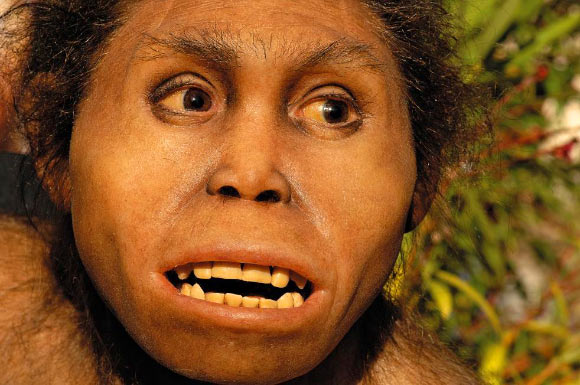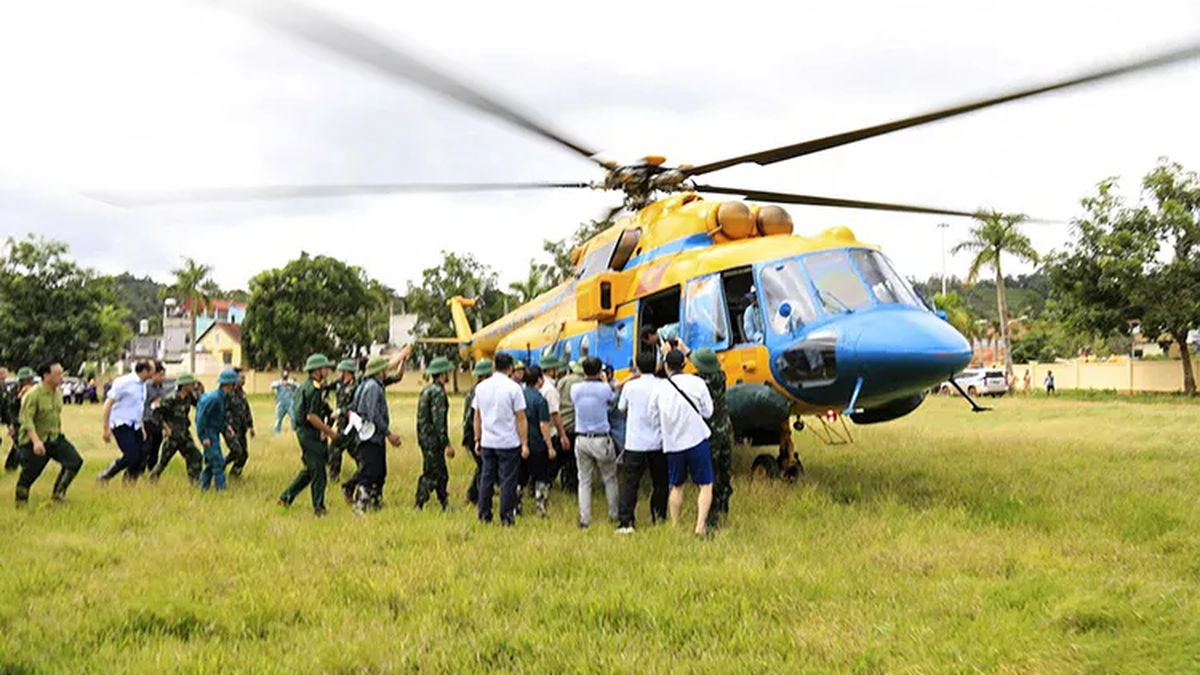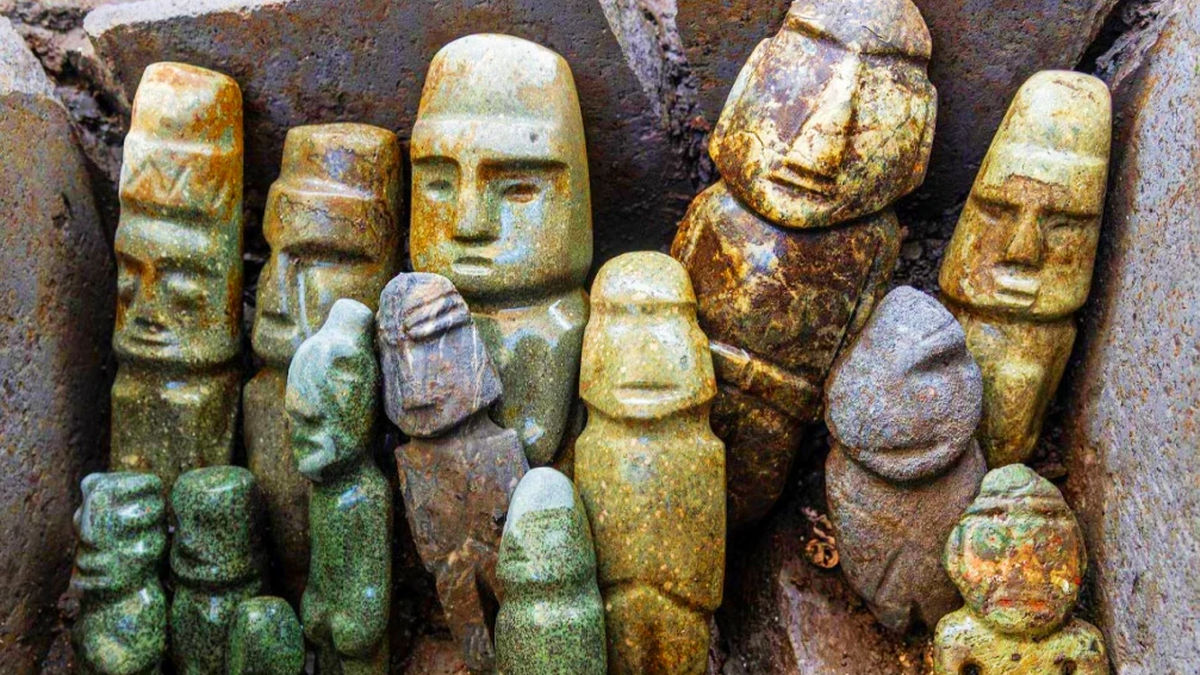(NLDO) - Scientists in Romania have found traces of a mysterious species of the Homo genus, highly evolved enough to use tools 1.95 million years ago.
According to Sci-News, the new discovery at the Grăunceanu site in Romania is bones with special cut marks, helping to shed more light on the timing and extent of the dispersal of ancient hominin creatures across Eurasia.
The Hominini tribe includes two genera, Homo and Pan, in the Homo subfamily. Today, the Hominini tribe has three remaining species belonging to the two genera above: Homo sapiens, chimpanzees, and bonobos.
But in the past, the Homo tribe was much more populous.

Illustration depicting an ancient species of the genus Homo from Dmanisi - Photo: Elisabeth Daynes
Among them, there is a mysterious species that left interesting artifacts in Romania, an important location on the migration route and spread across the Eurasian continent.
The Grăunceanu site in Romania was excavated in the 1960s, yielding artifacts including bones of at least 31 different animal species.
These bones, kept at the Emil Racoviţă Cave Institute and the Oltenia Museum, were largely ignored until a team led by paleoanthropologist Sabrina Curran from Ohio University (USA) recently re-examined them.
They discovered something unusual on some of the bones: Cut marks that had been made intentionally, with tools.
The discovery is particularly remarkable because, at 1.95 million years old, they were created a full 200,000 years earlier than similar evidence at the famous Dmanisi site in Georgia.
Dmanisi holds the earliest evidence of hominin life outside Africa. Now it has been dethroned.
The new discovery demonstrates that the first hominins began exploring and inhabiting a variety of environments across Eurasia at least nearly 2 million years ago.
This suggests that members of the early hominin tribe were highly adaptable, playing an important role in the survival and development of later "descendant" species, including species that evolved sufficiently to be considered true humans.
No conclusion has yet been made regarding which species or genus of the Homo genus is responsible for the above-mentioned bone cuts, because information is still scarce.
Still, new evidence suggests that Grăunceanu is an interesting site for more thorough future searches.
Source: https://nld.com.vn/sinh-vat-tong-nguoi-bi-an-khai-pha-au-a-2-trieu-nam-truoc-196250205095715393.htm



































































































Comment (0)